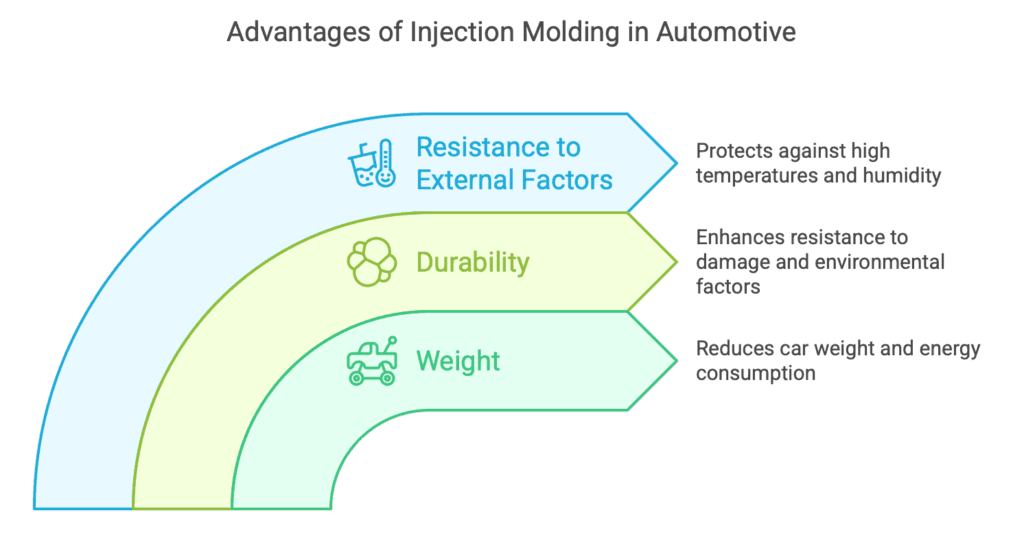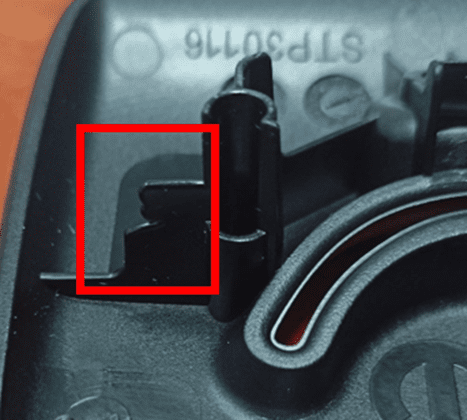
Overfilling
Since in the previous point we had short filling, it’s time to address another common defect in plastic products, which is overfilling. They can occur in the form of large protruding points, or as a small, palpable roughness. One of the reasons for their occurrence may be, for example, too low mold closing force.
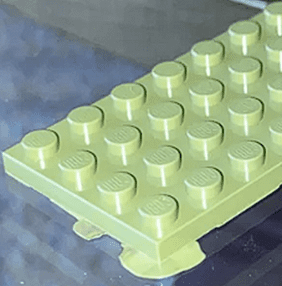
Visible Flow Line during Injection Molding
Such defects are very well visible on dark or transparent molds with well-polished surfaces. In places where streams of the melt (two or more) meet during the filling of the cavity, areas similar to scratches or incisions appear, differing in gloss or color.
In combination with insufficient plasticization of the too cool melt front, this can cause a deterioration in the mechanical strength of the product.
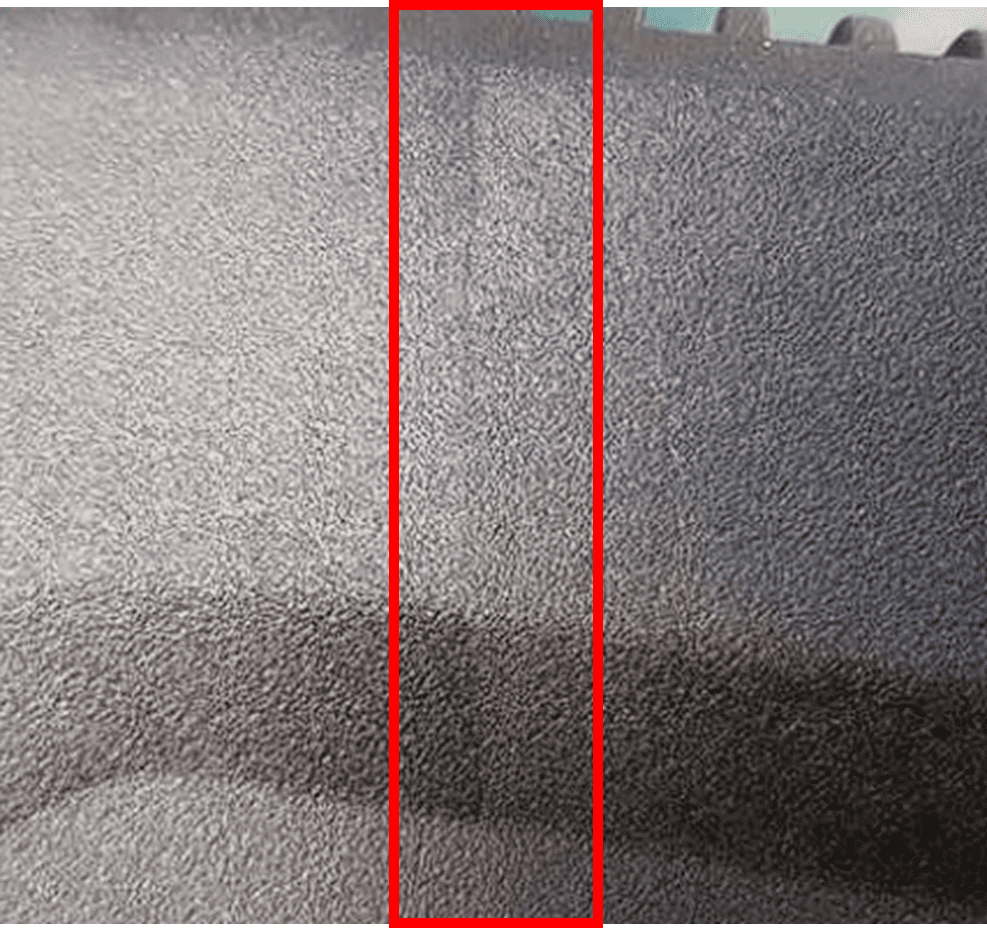
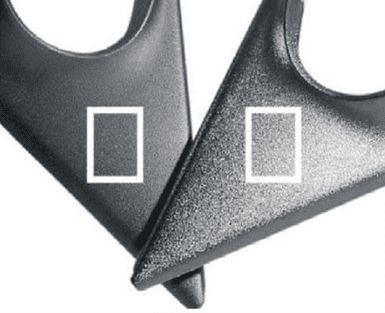
Kamil Ochał


